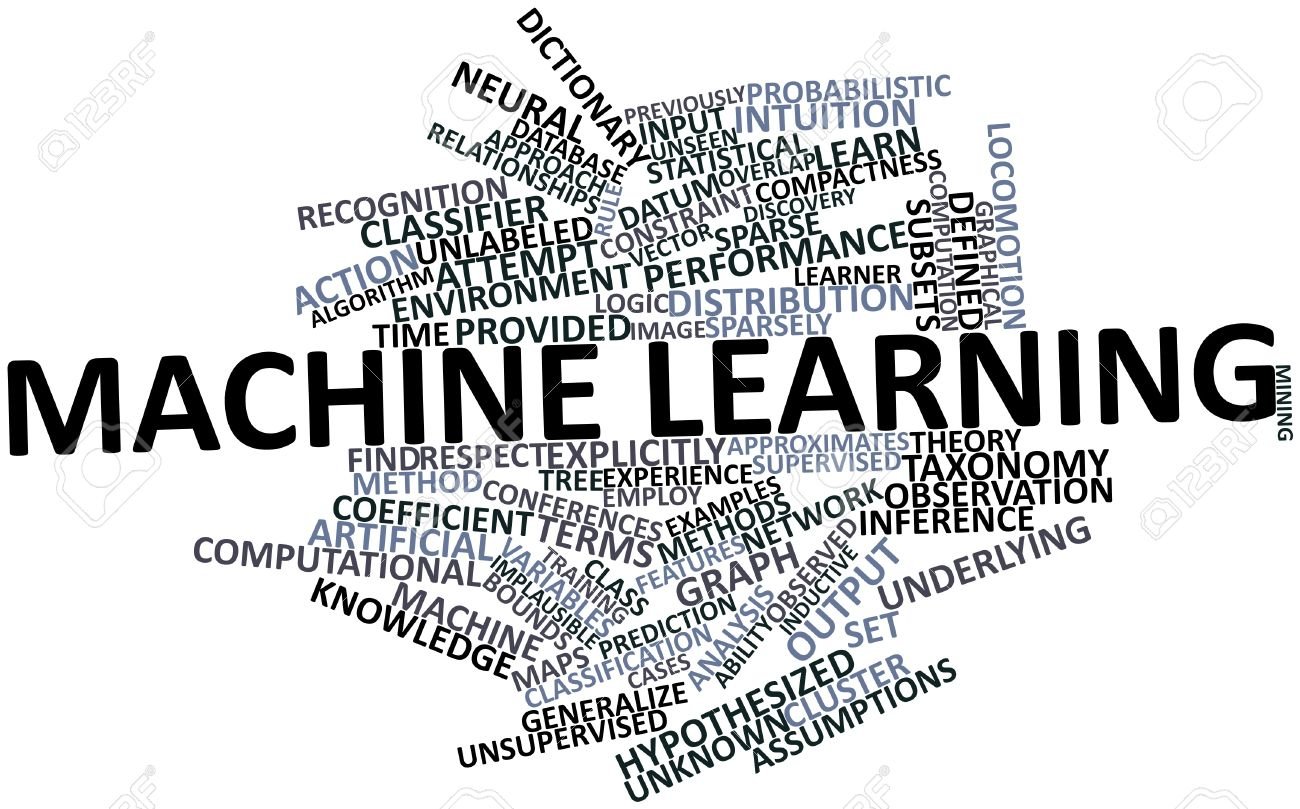Nowadays, Machine Learning is the most popular growing technology. Machine Learning is a type of Artificial Intelligence that provides computers with the ability to learn without being explicitly programmed. Machine Learning focused on the development of computer programs that can change when exposed to new data.
The process of Machine Learning is similar to that of data mining. Both system search through data to look for patterns. However extracting data for humans comprehension as in the case in data mining application machine learning uses that data to detect pattern in data & adjust accordingly. Machine Learning algorithms are often categorized as being Supervised or Unsupervised. Supervised algorithms can apply what has been learned in the past to new data while Unsupervised algorithm can draw inference from data sheet.

How Machine Learning is different from Artificial Intelligence?
AI is a branch of computer science attempting to build machines capable of intelligent behavior, while Stanford University defines machine learning as "the science of getting computers to act without being explicitly programmed". You need AI researchers to build the smart machines, but you need machine learning experts to make them truly intelligent. Google currently working on developing this machine learning; desperately pushing computers to learn the way a human would in order to progress what many are calling the next revolution in technology – machines that 'think' like human.
Over the past decade, machine learning has given us self driving cars, practical speech recognition, effective web search, and a vastly improved understanding of the human genome. But how does it work?
Let’s take a very simplified example. When you make a typo, for instance, while searching in Google, it gives you the message: "Did you mean..."? This is the result of one of Google's machine learning algorithms; a system that detects what searches you make a couple seconds after making a certain search.
For example, suppose you were searching for 'WIRED' on Google but accidentally typed 'Wored'. After the search, you'd probably realize you typed it wrong and you'd go back and search for 'WIRED' a couple of seconds later. Google’s algorithm recognizes that you searched for something a couple of seconds after searching something else, and it keeps this in mind for future users who make a similar typing mistake. As a result, Google 'learns' to correct it for you. While this is a very basic example, data scientists, developers, and researchers are using much more complex methods of machine learning to gain insights previously out of reach.
AI is the science and machine learning is the algorithms that make the machines smarter. "AI is going to bring major shifts in society through developments in self-driving cars, medical image analysis, better medical diagnosis, and personalized medicine. And it will also be the backbone of many of the most innovative apps and services of tomorrow". But in order for AI to progress, machine learning must make big jumps in terms of performance, and this is rarely possible in the traditional high-performance computing world, where problems are well-defined and optimization work has already been happening for many years.
Machine learning algorithms still have room for improvement, and that’s why a lot of the large technology companies are making it a central focus to their strategy, and working tirelessly to make it more intelligent, in order to push forward and create the next innovation, such as completely autonomous and 100 per cent safe self-driving cars.